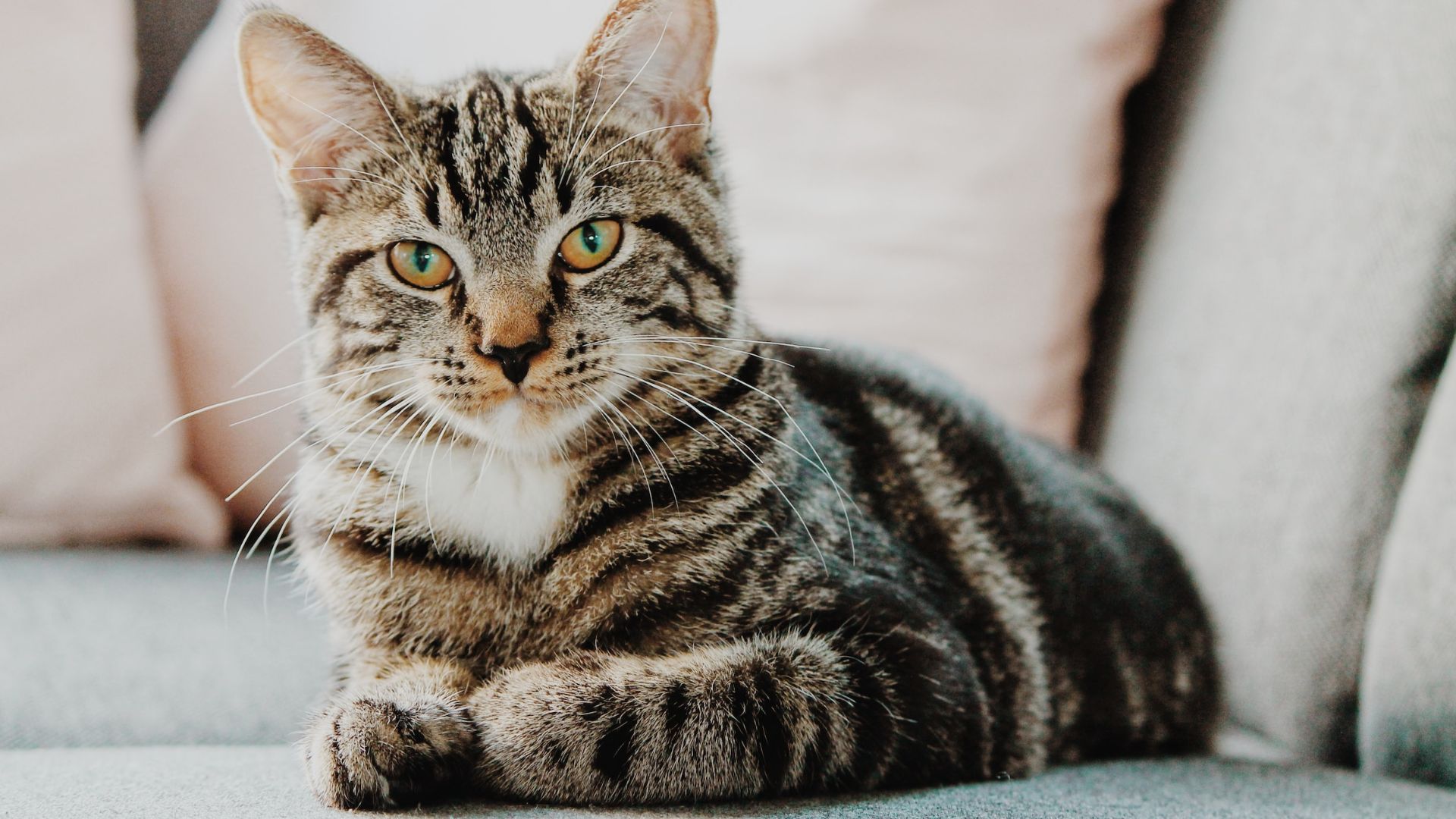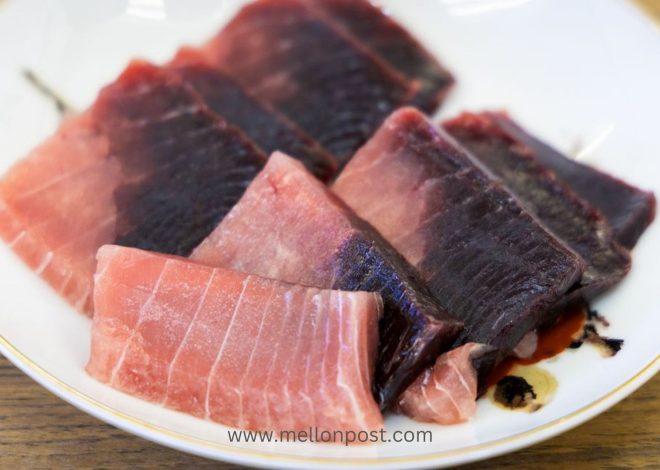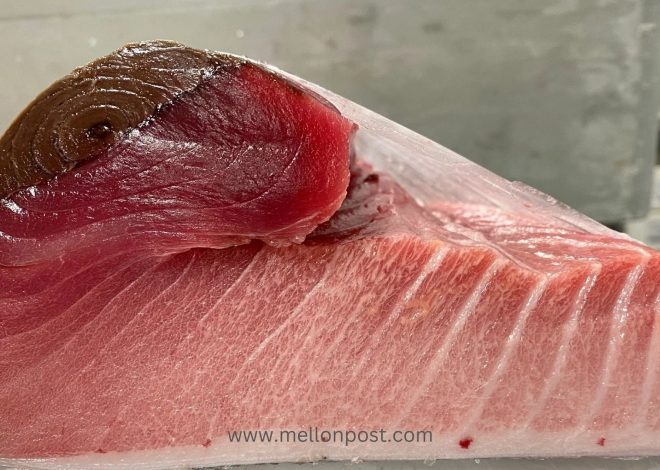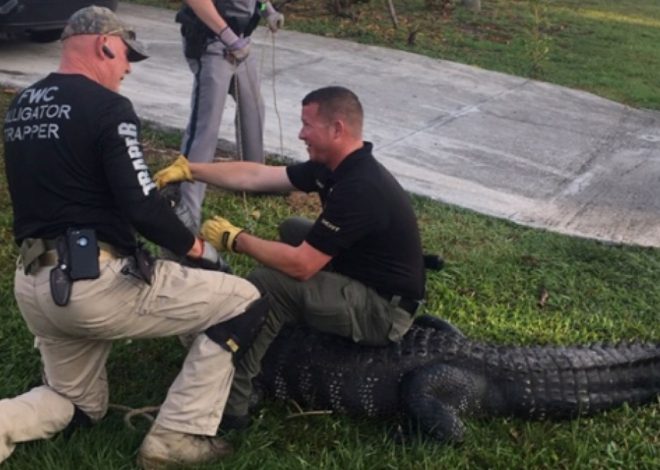
Tabby cat
A tabby cat is not a specific breed but rather a coat pattern that can appear in many different cat breeds, including Abyssinian, American bobtail, American curl, American shorthair, American wirehair, Birman, Colorpoint shorthair, Egyptian Mau, Exotic shorthair, Javanese, LaPerm, Maine coon, Manx, Norwegian forest cat, Ocicat, Oriental shorthair, Persian, Ragdoll, Rex (Devon, Selkirk, and Cornish), Scottish fold, Siberian, Singapura, Somali, Turkish Angora, and Turkish van.
The tabby pattern is characterized by an “M”-shaped marking on the forehead, stripes by the eyes and across the cheeks, along the back, around the legs and tail, and characteristic striped, dotted, lined, flecked, banded, or swirled patterns on the body: neck, shoulders, sides, flanks, chest, and abdomen.
The four known distinct patterns are the mackerel, classic or blotched, ticked, and spotted tabby patterns.
The tabby pattern is believed to be connected to the coat of the domestic cat’s direct ancestor and to those of the African wildcat, the European wildcat, and the Asiatic wildcat, all of which have similar coats, both by pattern and coloration.
The term “tabby” originally referred to “striped silk taffeta” and was shortened to “tabby” in the 18th century to refer to a cat with a striped coat.
Unique characteristics of tabby cats
Some unique characteristics of tabby cats include:
1. Personality and Temperament Variability: Tabby cats can exhibit a wide range of personalities and temperaments depending on their breed. For example, tabby Maine Coons are known to be adaptable, sociable, and good with kids, while Abyssinian cats are extremely active and mischievous. American Shorthairs are typically shy and attention-seeking.
2. Multiple Coat Patterns: Tabby cats can display various coat patterns, including classic, mackerel, spotted, and ticked. Each pattern has unique looks and markings, such as swirls, stripes, spots, and patches, creating a visually diverse range of appearances among tabby cats.
3. Pest-Control Specialists: Almost all tabby cats have a natural instinct for hunting mice, rats, and other pests like cockroaches and spiders. They are skilled hunters and not shy about using their hunting skills, making them beneficial for pest control in a household.
4. Distinctive “M” Mark on Forehead: Tabby cats typically have an “M”-shaped marking on their foreheads, which is a common characteristic across different tabby breeds. This marking is a recognizable feature of tabby cats, regardless of their specific coat pattern.
5. Adaptability and Intelligence: Tabby cats are known for their intelligence and adaptability. They are curious, social, and outgoing, forming deep bonds with their human companions.
Their vocal communication, which includes purring, chirping, and trilling, helps them effectively communicate their needs and emotions.
Different types of tabby cat patterns
Tabby cats are known for their distinctive patterns and can come in several different types:
1. Classic Tabby: This type of tabby has swirls of darker color on a lighter base throughout the body, resembling a marble cake.
2. Mackerel Tabby: This pattern has one solid dark stripe along the spine, with more stripes branching off, resembling the skeleton of a fish.
3. Spotted Tabby: This type of tabby has oval or round spots along their bodies.
4. Ticked Tabby: This is the hardest type of tabby to identify, as they do not have the tell-tale stripes, swirls, or spots. Instead, each individual strand of fur has alternating light and dark colors.
In addition to these main types, there are also variations such as silver tabbies, which are a mix of shades of grey, and calico tabbies, which have three colors: white, orange, and black, with Tabby markings usually strongest on their legs and faces.
Differences between the mackerel and classic tabby patterns
The differences between the mackerel and classic tabby patterns are as follows:
1. Mackerel Tabby: The mackerel tabby pattern is characterized by thin, vertical stripes that resemble the skeleton of a fish. These stripes are evenly spaced and run vertically down the cat’s body.
The forehead typically displays three or five vertical lines in an “M” shape, with dark lines extending from the corners of the eyes and crossing each cheek.
The stripes on the body may break into bars and short segments or spots, especially on the flanks and stomach. Mackerel tabbies are also known as “fishbone tabbies” due to the resemblance to mackerel fish markings.
2. Classic Tabby: The classic tabby pattern, also known as blotched tabby, features thick, curved bands in a swirled pattern.
The body markings are characterized by thick, curving bands that create a bullseye or butterfly pattern on each side of the cat’s body.
Classic tabbies have a light-colored “butterfly” pattern on their shoulders and three thin stripes running down the length of their spines. The legs, tail, and cheeks of a classic tabby display thick stripes, bands, or bars.
The gene responsible for the coloring of a classic tabby is recessive, and black tabbies generally have dark browns, olives, and ochres that stand out against their black colors.
Continue reading: Why Do Cats Eat Grass ?


